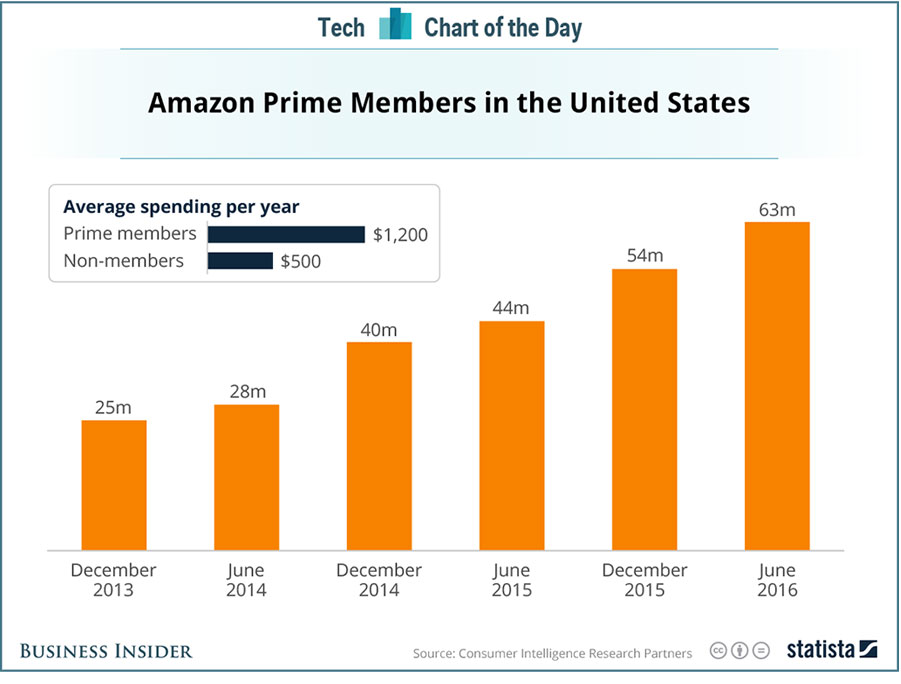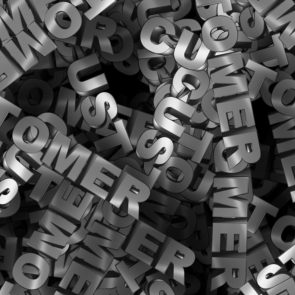“It’s all about convenience. You have remote access to everything.”
Kevin Marquess
Customers are more impatient than ever and have an increasing need for instant gratification. The loss of patience is a fact in many daily lives. The expectations of customers are high and when they choose to buy a service or product.
Customers expect instant gratification just like opening a tap and you expect water to come out or plugging a power cord into a power outlet. Is the growth of your business driven by meeting the needs for instant gratification?
On-demand economy changes consumer behavior radically
The demand for instant results is surrounding us everywhere. Retailers and ecommerce are offering same-day delivery services. Startups are disrupting industries digitally like AirBnB, Netflix and Über. Through smart phone apps we eliminate the wait for a cab, a date, or a table at a hot restaurant. Whether on our tv, laptop or mobile device, movies and TV shows begin streaming in seconds. This all makes us less patient. The On-Demand Economy is defined as the economic activity created by technology companies that fulfill consumer demand via the immediate provisioning of goods and services. Supply is driven via an efficient, intuitive digital mesh layered on top of existing infrastructure networks.
The Harvard Business Review states that the on-demand economy is growing. In 2015 US consumers spend $57.6 billion in the on-demand economy. Around 50% of the consumers ages 18 – 34 and the other half ages 35 – above 55.
The on-demand economy provides business opportunities for organizations. People are willing to spend more money to satisfy their instant gratification. People at Disney World pay extra for a pass so they don’t have to wait in line. Ecommerce companies provide same-day delivery at extra costs. The business potential of tapping into the on-demand economy is very apparent in the results of Amazon Prime. Amazon Prime is a membership program that gives customers access to streaming video, music, e-books, free shipping and a variety of other Amazon-specific services and deals. Prime members spend much more on Amazon whilst paying for their subscription as shown in the chart below:

source: Business Insider
The costs of not providing convenience and ignore the on-demand economy is directly connected with the customer service you provide. The Customer Experience Impact 2010 report reveals that in 2011, 86% (in 2007 only 59%) of consumers in the US said they’ve stopped doing business with a company due to poor customer service experiences. Of these 55% said that the company failed to resolve their problems in a timely manner.
The rise of digital devices and social networks and their real-time expectations have led to a consumer’s patience decrease from 10 days to 10 minutes according to KANA-research.
How responsive is your organization to meet customer’s expectations?
Growing your business by transforming your company from products and services to platforms
Organizations that want to profit from the on-demand economy need to start focusing on platforms. The new economy has evolved to a platform economy where companies like Amazon, Apple and Google have build their own ecosystems. Their leading platforms have paid off. Over the past seven years, the market capitalizations of Amazon, Apple and Google have grown each year by an average of 22% compared to 11% for the S&P 500. Over the last 10 years the most successful technology companies have grown rapidly. These companies have embraced and implemented three convenience drivers to deliver an ‘instant gratification experience’:
- Improving connections with people and facilitating easy communication.
- Sharing information efficiently and gathering information at the same time to personalize experiences.
- Efficiently match supply and demand and facilitate easy transactions.
The Unilever Foundry is an example of how large corporations can create room for innovation whilst keeping their focus on their core business. Companies and organizations need to make the following shifts according to the Harvard Business Review:
- From resource control to resource orchestration;
- From internal optimization to external interaction;
- From a focus on customer value to a focus on ecosystem value.
It’s necessary not to underestimate that this radical change requires new leadership styles and new core competencies.



